Home>Garden Essentials>How To Plant Ryegrass Seed
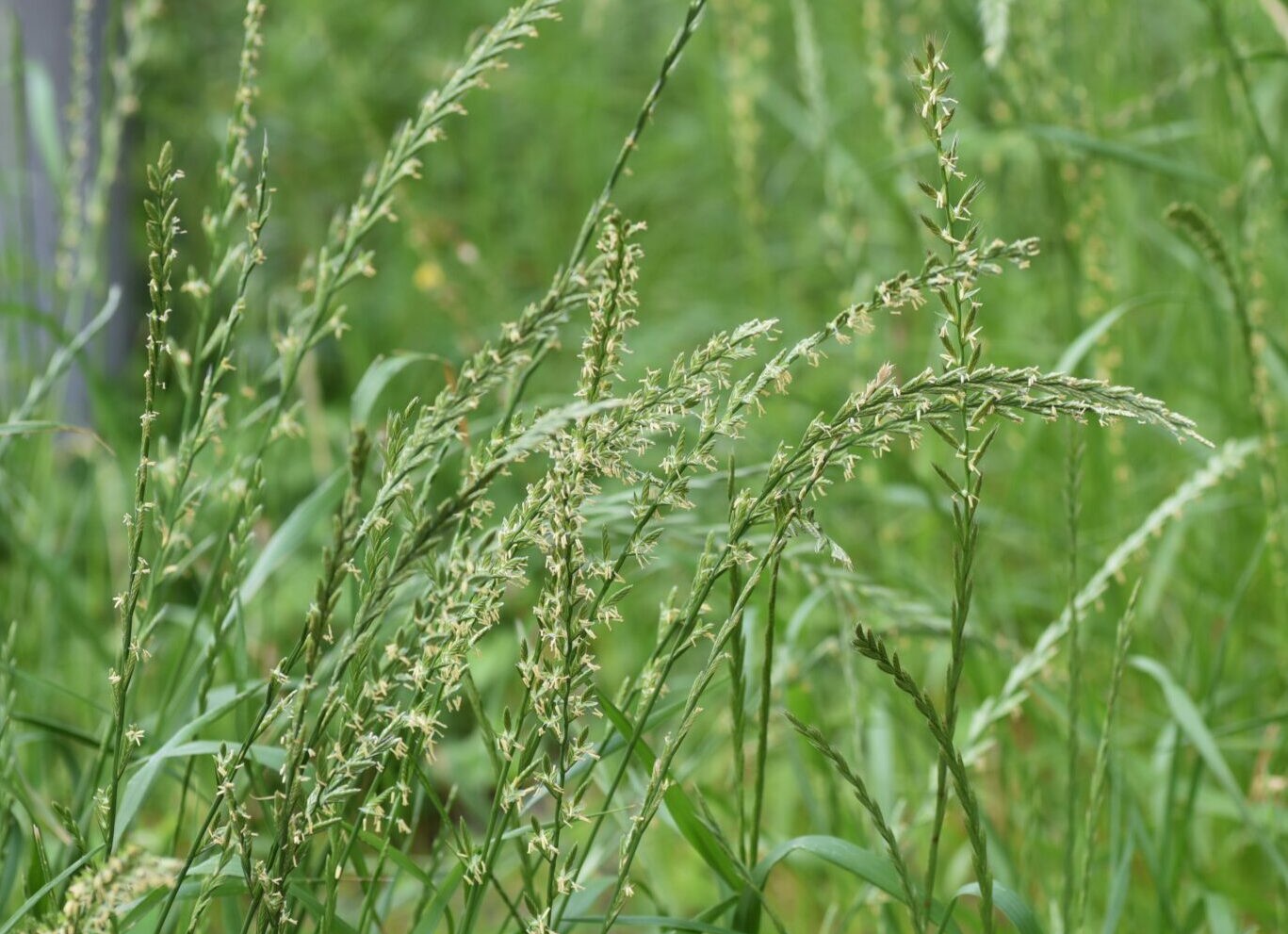

Garden Essentials
How To Plant Ryegrass Seed
Modified: March 15, 2024
Learn how to plant rye grass seed in your garden and enjoy a lush, green lawn. Our step-by-step guide will help you achieve beautiful results!
(Many of the links in this article redirect to a specific reviewed product. Your purchase of these products through affiliate links helps to generate commission for Storables.com, at no extra cost. Learn more)
Introduction
Welcome to our comprehensive guide on how to plant rye grass seed. Whether you’re a seasoned gardener or just starting your gardening journey, rye grass can be a fantastic addition to your lawn or garden. Rye grass is known for its quick germination, lush green color, and ability to grow in a wide range of climates.
In this article, we will walk you through the step-by-step process of planting rye grass seed, from preparing the soil to maintaining the newly seeded area. We’ll also cover some common troubleshooting issues that may arise during the growing process.
Rye grass is an annual grass species that provides excellent coverage and temporary greenery. It is often used to overseed lawns during the cooler months or to establish a temporary lawn for erosion control. With proper care and maintenance, rye grass can thrive and create a stunning landscape that will impress your neighbors and enhance your outdoor living space.
So let’s dive into the details and learn how to plant rye grass seed like a pro!

Key Takeaways:
- Prepare the soil by removing debris, testing the pH, and improving the structure. This creates a welcoming environment for rye grass seed to grow and thrive, ensuring a healthy and vibrant lawn or garden.
- Select the right rye grass seed based on climate, texture, disease resistance, growth rate, and mixtures. Choosing high-quality seed sets the foundation for a thriving, visually appealing lawn or garden.
Read more: How To Plant Ryegrass Seed In Pasture
Step 1: Prepare the soil
Preparing the soil is a crucial step in ensuring successful rye grass seed germination and establishment. Here’s what you need to do:
- Remove debris: Start by removing any debris, rocks, or weeds from the area where you plan to plant rye grass seed. These can hinder seed growth and cause uneven germination.
- Loosen the soil: Rye grass seed needs loose, well-draining soil to establish its roots. Use a garden rake or a tiller to loosen the top few inches of soil. This will allow the roots to penetrate easily and promote healthy growth.
- Test the soil pH: Rye grass thrives in slightly acidic to neutral soil with a pH range of 6.0 to 7.5. Use a soil testing kit to check the pH level of your soil. If it is outside the ideal range, you may need to amend the soil to create optimal conditions for seed germination.
- Amend the soil: If your soil pH is too acidic, you can raise it by adding lime. Conversely, if it’s too alkaline, you can lower it by adding sulfur. Follow the manufacturer’s instructions for the correct amount of amendment to add based on your soil test results.
- Improve soil structure: If your soil is heavy and compacted, it’s beneficial to add organic matter to improve its structure and drainage. Incorporate compost, well-rotted manure, or peat moss into the soil to increase its fertility and water-holding capacity.
By properly preparing the soil, you are creating a hospitable environment for the rye grass seed to grow and thrive. Taking the time to complete this step will significantly increase your chances of success and ensure a healthy and vibrant lawn or garden.
Step 2: Select the right rye grass seed
Choosing the appropriate rye grass seed is crucial for achieving the desired results in your lawn or garden. Here are a few factors to consider when selecting the right rye grass seed:
- Climate: Take into account your local climate and the specific requirements of rye grass varieties. There are two main types of rye grass: perennial and annual. Perennial rye grass stays green year-round in moderate climates, while annual rye grass is ideal for overseeding during the cooler months.
- Texture: Decide whether you prefer a fine-textured or coarse-textured rye grass. Fine-textured varieties are generally more expensive but offer a more aesthetic appearance. Coarse-textured rye grass may be a better choice if you prioritize durability and wear tolerance.
- Disease resistance: Look for rye grass seed varieties that have good disease resistance, especially if your area is prone to common turf diseases such as brown patch or dollar spot. Resistant varieties are less likely to succumb to diseases and require less maintenance.
- Growth rate: Consider the expected growth rate of the rye grass seed. If you’re looking for quick results, choose a variety that has a fast germination rate and establishes rapidly.
- Mixtures or blends: Depending on your specific needs, you may opt for a single variety or a mixture of different rye grass seed types. Mixtures can provide a more diverse and resilient lawn, while single varieties may offer specific characteristics suited to your preferences.
It’s also important to ensure that the rye grass seed you purchase is fresh and of high quality. Check the seed packaging for the germination rate and the pure seed percentage. Aim for a germination rate of at least 85% and a pure seed percentage of 90% or higher.
By carefully selecting the right rye grass seed, you’ll set the foundation for a thriving, healthy, and visually appealing lawn or garden area.
Step 3: Determine the optimal time for planting
Timing is crucial when it comes to planting rye grass seed. The optimal time to plant rye grass will depend on your location and the specific variety of rye grass you have chosen. Here are a few guidelines to help you determine the best time for planting:
- Temperature: Rye grass seed germinates best when the soil temperature is between 50°F and 65°F (10°C and 18°C). It’s important to monitor the weather and wait for the soil temperature to be within this range before planting.
- Growing season: There are two main periods for planting rye grass: early fall and early spring. In cooler climates, early fall planting is recommended to allow the grass to establish before winter. In warmer regions, early spring planting is preferable to take advantage of the cooler temperatures.
- Overseeding existing lawns: If you plan to overseed an existing lawn with rye grass, you’ll want to choose a time when the existing turf is dormant. This is typically in late summer or early fall for warm-season grasses, or early spring for cool-season grasses.
- Avoid extreme temperatures: It’s best to avoid planting rye grass seed during periods of extreme heat or cold. High temperatures can stress the newly germinated seedlings, while freezing temperatures can hinder germination.
- Check local recommendations: Consult with local gardening experts or extension offices to get specific recommendations for your region. They can provide valuable insight into the best time to plant rye grass seed based on your climate and local conditions.
By planting rye grass seed at the optimal time, you’ll give it the best chance to establish and thrive. This will result in a beautiful, lush, and healthy lawn or garden area for you to enjoy.
Step 4: Test and amend the soil if necessary
Before planting rye grass seed, it’s important to assess the condition of your soil and make any necessary amendments to create an optimal growing environment. Here’s what you need to do:
- Soil testing: Conduct a soil test to determine the nutrient levels and pH of your soil. Soil testing kits are readily available at garden centers or can be sent to a professional lab for analysis. The results will provide valuable information on any deficiencies or imbalances in your soil.
- Nutrient deficiencies: Based on the soil test results, identify any nutrient deficiencies in your soil. Common deficiencies include nitrogen, phosphorus, and potassium. You can address these deficiencies by adding appropriate fertilizers or organic amendments to replenish the nutrients.
- Soil pH adjustment: If the soil pH is outside the optimal range for rye grass (6.0 to 7.5), you’ll need to adjust it. To raise the pH, add lime according to the recommended application rates. Conversely, if the pH is too high, you can lower it by adding sulfur. Follow the instructions on the product packaging for proper application.
- Organic matter: If your soil is lacking in organic matter, consider incorporating compost, well-rotted manure, or peat moss into the soil. Organic matter improves soil structure, enhances nutrient retention, and promotes beneficial microorganisms.
- Drainage improvement: If your soil has poor drainage, it’s crucial to address this issue. Rye grass prefers well-draining soil to prevent root rot and other water-related issues. You can improve drainage by adding sand or perlite to the soil or creating raised beds for better water flow.
By testing and amending the soil, you are providing the rye grass seed with the necessary nutrients and optimal growing conditions. This will ensure healthy growth and a vibrant lawn or garden area.
Read more: How To Seed Ryegrass
Step 5: Measure and calculate the seed quantity
Accurately measuring and calculating the seed quantity is essential to achieve proper coverage and optimal growth when planting rye grass. Here’s how to determine the amount of seed you’ll need:
- Measure the area: Start by measuring the area where you plan to plant rye grass. Measure the length and width of the space in feet. If the area is irregularly shaped, break it down into smaller sections and measure them individually.
- Calculate the square footage: To calculate the square footage, multiply the length by the width. If you have multiple sections, calculate the square footage for each section and add them together to get the total area.
- Seed rate per square foot: Refer to the seed packaging or reliable sources to determine the recommended seed rate per square foot. This information will vary depending on the specific rye grass variety you’re using. Seed rates typically range from 8 to 10 pounds per 1,000 square feet for perennial rye grass and 5 to 7 pounds per 1,000 square feet for annual rye grass.
- Calculate the seed quantity: Multiply the seed rate per square foot by your total square footage to determine the amount of seed you’ll need. For example, if the seed rate is 10 pounds per 1,000 square feet and your total area is 2,500 square feet, you’ll need 25 pounds of rye grass seed.
It’s essential to follow the recommended seed rate to achieve proper seed coverage and density. Over-seeding can lead to competition and hinder germination, while under-seeding may result in patchy areas.
Keep in mind that these calculations are based on ideal conditions, so adjust the seed quantity accordingly if you anticipate less than ideal germination rates or other factors that may affect seed establishment.
By accurately measuring and calculating the seed quantity, you’ll ensure sufficient seed coverage for a lush and uniform lawn or garden area.
Plant rye grass seed in the fall for best results. Prepare the soil by removing debris and loosening the top layer. Spread the seed evenly and lightly cover with soil. Water regularly to keep the soil moist until the grass is established.
Step 6: Spread the rye grass seed
Once you have prepared the soil and calculated the seed quantity, it’s time to spread the rye grass seed. Proper seed distribution will ensure even coverage and promote successful germination. Here’s how to spread the rye grass seed:
- Divide the area: Divide the planting area into smaller sections to make the process more manageable. This will help you distribute the seed evenly without accidentally missing any spots.
- Use a spreader: Use a handheld or push spreader to evenly distribute the rye grass seed. Set the spreader at the appropriate setting to ensure the recommended seed rate per square foot. Follow the manufacturer’s instructions for filling the spreader and adjusting the settings.
- Start at the edges: Begin spreading the seed along the perimeter of each section. This will help create a defined boundary and prevent overlapping when moving towards the center.
- Walk in a crisscross pattern: Walk back and forth in a crisscross pattern within each section, making sure to cover the area thoroughly. This will ensure even distribution and minimize the risk of leaving any patches or bare spots.
- Overseed lightly shaded areas: If you have areas in your lawn or garden that receive less sunlight, such as under trees or along buildings, overseed these areas slightly more heavily. Shaded areas may have decreased germination rates, and overseeding will help compensate for this.
- Double-pass if necessary: If you’re working with larger areas, it may be necessary to make a second pass with the spreader to ensure uniform coverage. This is especially important if you’re using a hand-held spreader that covers a narrower path.
After spreading the rye grass seed, lightly rake the area with a garden rake to slightly bury the seeds and ensure good seed-to-soil contact. Avoid burying the seeds too deeply, as they need light to germinate.
By following these steps and spreading the rye grass seed evenly, you’ll increase the chances of consistent and successful seed germination, resulting in a lush and vibrant lawn or garden area.
Step 7: Water the seeded area
Proper watering is essential for the germination and establishment of rye grass seed. Adequate moisture will promote seed activation, root development, and overall growth. Here’s how to effectively water the seeded area:
- Initial watering: Immediately after spreading the rye grass seed, give the area a thorough watering. Use a gentle spray or sprinkle setting on your sprinkler or hose attachment to avoid displacing the seeds. The goal is to moisten the soil to a depth of about 1 to 2 inches.
- Consistent moisture: To promote germination, the seeded area should remain consistently moist. Depending on the weather conditions and soil type, this may require watering 1 to 2 times a day for short durations. Aim to keep the soil damp but not saturated.
- Monitor soil moisture: Regularly check the moisture level of the soil by inserting your finger about an inch into the ground. If it feels dry, it’s time to water again. Avoid letting the soil dry out completely, as this can hinder germination.
- Adjust watering frequency: As the rye grass seedlings begin to emerge, gradually reduce the watering frequency while increasing the amount of water per session. This will encourage deeper root growth and help the grass become more resilient.
- Time of day: Watering early in the morning or late in the afternoon is generally best, as it allows the grass to dry before evening and reduces the risk of disease development. Avoid watering during the hottest part of the day, as water can evaporate quickly and may damage delicate seedlings.
It’s important to strike a balance with watering – too much can lead to over-saturation and fungal diseases, while too little can result in poor germination and weak growth. Pay close attention to the moisture levels and adjust the watering accordingly.
Continue watering the seeded area until the rye grass has established a strong root system and is able to survive with less frequent irrigation.
By providing consistent moisture through proper watering practices, you’ll give the rye grass seed the best chance to germinate, establish, and thrive, resulting in a lush and healthy lawn or garden area.
Step 8: Apply fertilizer and mulch (optional)
Applying fertilizer and mulch can provide additional nutrients and protection to the newly planted rye grass. While both steps are optional, they can greatly enhance the growth and overall health of your lawn or garden area. Here’s what you need to know:
- Fertilizer application: If you choose to fertilize, it’s best to do so after the rye grass has started to establish roots, typically around 4 to 6 weeks after planting. Select a balanced fertilizer specifically formulated for grass, such as a 10-10-10 or 15-15-15 blend. Follow the manufacturer’s instructions for proper application rates and techniques.
- Mulching: Mulching is an optional step that can help conserve moisture, suppress weeds, and protect the rye grass seed. Organic materials such as straw, shredded leaves, or compost can be spread evenly over the seeded area. Apply a thin layer, around 1/4 to 1/2 inch, as excessive mulch can block sunlight and impede seed germination. Avoid using thick layers of mulch, as they may suffocate the emerging grass seedlings.
- Top-dressing with compost: Another optional technique is top-dressing the newly seeded area with compost. After spreading the rye grass seed, apply a thin layer of compost, about 1/4 inch, evenly over the surface. This will provide additional nutrients and promote soil health as the compost breaks down over time.
- Timing: If you decide to apply fertilizer or mulch, it’s important to do so during a period of active growth and when the grass is not stressed by extreme weather conditions. Aim to fertilize and mulch when the rye grass is well-established and actively growing.
- Cautionary note: When using fertilizers and mulch, be mindful of the potential for runoff and environmental impact. Follow the application guidelines and avoid over-application, as excessive fertilizer use can be harmful to water bodies and ecosystems.
Applying fertilizer and mulch can provide an extra boost to the growth and vitality of your rye grass and help create a lush and vibrant lawn or garden area. However, it’s important to assess your specific needs and consider the environmental impact before deciding to incorporate these optional steps into your rye grass planting process.
Read more: How Much Is Ryegrass Seed
Step 9: Maintain the newly planted rye grass
After planting rye grass, proper maintenance is crucial to ensure its healthy growth and establishment. Here are some essential tasks to help you maintain your newly planted rye grass:
- Watering: Continue to water the newly planted rye grass regularly to keep the soil consistently moist. As the grass begins to establish and the roots grow deeper, you can gradually reduce the frequency of watering, but make sure to water deeply to encourage strong root development.
- Mowing: Once the rye grass reaches a height of around 2 to 3 inches, it’s time to mow. Set your lawnmower blade at a height of about 2 inches to encourage a healthier and more resilient turf. Avoid cutting off more than one-third of the grass blade at a time to prevent stress on the grass.
- Fertilizing: Apply a slow-release, nitrogen-rich fertilizer to the newly established rye grass about 4 to 6 weeks after planting. Follow the manufacturer’s instructions for the appropriate amount and frequency of application. Regular fertilization will help maintain the health and vigor of the grass throughout the growing season.
- Weed control: Keep an eye out for weeds that may emerge alongside the rye grass. Hand-pull any visible weeds, or if necessary, use a selective herbicide that is labeled safe for use on rye grass. Follow the instructions carefully to prevent damage to the newly planted grass.
- Avoid excessive foot traffic: Be mindful of foot traffic on the newly planted rye grass, especially during the initial stages of growth. Limit activities that may compact the soil or damage the tender grass blades. Consider using walkways or placing signs to redirect traffic if necessary.
- Aerating: Over time, the soil beneath the rye grass may become compacted. Regularly aerate the lawn to improve air circulation, water penetration, and root development. Use a core aerator that removes small plugs of soil to alleviate compaction.
- Monitor pests and diseases: Keep an eye out for any signs of pest infestation or disease. Common issues include grubs, armyworms, rust, or brown patch. If you notice any problems, consult with a local gardening expert for appropriate remedies and treatments.
By properly maintaining the newly planted rye grass, you’ll ensure its healthy establishment and long-term success. Your efforts will be rewarded with a lush, vibrant, and beautiful lawn or garden area that you can enjoy for years to come.
Step 10: Troubleshooting common issues
While planting and maintaining rye grass can be a rewarding experience, it’s not uncommon to encounter some common issues along the way. Here are a few troubleshooting tips to help you address and overcome these challenges:
- Poor germination: If you notice patchy areas or uneven seed germination, it’s likely due to poor seed-to-soil contact. Rake the soil lightly to break up any clumps and ensure better contact between the seeds and the soil. Consider overseeding the affected areas and provide additional watering to encourage germination.
- Weed invasion: Weeds can quickly invade a newly planted rye grass area. Hand-pull any visible weeds, making sure to remove the entire root system. For more persistent weeds, consider using a selective herbicide specifically labeled for use on rye grass. Follow the application instructions carefully to avoid damaging the new grass.
- Thinning or sparse growth: If your rye grass appears thin or sparse, it may indicate issues with soil fertility or inadequate watering. Adjust your fertilization schedule and ensure proper irrigation to encourage healthier growth. Consider testing your soil again to identify nutrient deficiencies and address them accordingly.
- Disease or pest infestation: Keep an eye out for signs of diseases like brown patch or pests such as grubs or armyworms. Early detection is crucial. If you notice any issues, consult with a local gardening expert to identify the specific problem and determine the appropriate course of action or treatment.
- Inconsistent color or texture: If you notice patches of different color or texture in your rye grass, it may indicate varying growth rates or different grass varieties. To achieve a more uniform lawn, overseed the areas with a suitable rye grass seed. Make sure to choose a variety that matches your existing grass for a consistent appearance.
- Excessive thatch buildup: Over time, a layer of dead grass and debris called thatch can accumulate on the surface of the soil. Excessive thatch can prevent water and nutrients from reaching the roots. Use a thatch rake or a dethatching machine to remove the buildup and promote a healthier lawn.
- Environmental stress: Extreme weather conditions, such as drought, heatwaves, or severe cold, can stress rye grass. Ensure proper irrigation during dry periods and provide adequate protection during extreme weather events, if possible. Consider selecting rye grass varieties that are better suited to your specific climate for improved resilience.
Remember, troubleshooting is a part of the gardening process, and with patience and proper care, you can overcome these issues and enjoy a beautiful and thriving rye grass lawn or garden area.
Final thoughts on rye grass:
Rye grass can be a fantastic addition to any lawn or garden, providing lush green coverage and temporary greenery. With the right preparation, seed selection, timing, and maintenance, you can achieve successful rye grass growth and create an appealing outdoor space for relaxation and enjoyment.
Remember to tailor your approach to your specific climate, soil conditions, and the unique requirements of your rye grass variety. By following these steps and troubleshooting common issues, you’ll be well on your way to a vibrant and healthy rye grass lawn or garden.
Conclusion
Congratulations! You have now completed our comprehensive guide on how to plant rye grass seed. By following the steps outlined in this article, you are well-equipped to create a beautiful and thriving rye grass lawn or garden area.
From preparing the soil to selecting the right seed, determining the optimal planting time, and maintaining the newly planted rye grass, you’ve learned the key factors that contribute to successful growth and establishment. Troubleshooting common issues has also been addressed, providing you with the knowledge to overcome challenges that may arise along the way.
Remember, rye grass is a versatile grass species that offers quick germination, vibrant green color, and the ability to grow in various climates. Whether you’re overseeding an existing lawn, establishing a temporary lawn, or improving the appearance of a specific area, rye grass can be a valuable addition to your outdoor space.
As you embark on your rye grass planting journey, keep in mind the importance of proper soil preparation, seed selection, and timing. Pay attention to watering, mowing, fertilizing, and controlling weeds and pests to ensure the health and longevity of your rye grass lawn or garden area.
Stay vigilant and address any issues promptly, whether it’s poor germination, weed invasion, disease, or sparse growth. With the right care, you’ll be rewarded with a lush, vibrant, and inviting landscape to enjoy with family and friends.
Now it’s time to put your knowledge into action and start planting rye grass seed with confidence. Happy gardening!
Frequently Asked Questions about How To Plant Ryegrass Seed
Was this page helpful?
At Storables.com, we guarantee accurate and reliable information. Our content, validated by Expert Board Contributors, is crafted following stringent Editorial Policies. We're committed to providing you with well-researched, expert-backed insights for all your informational needs.
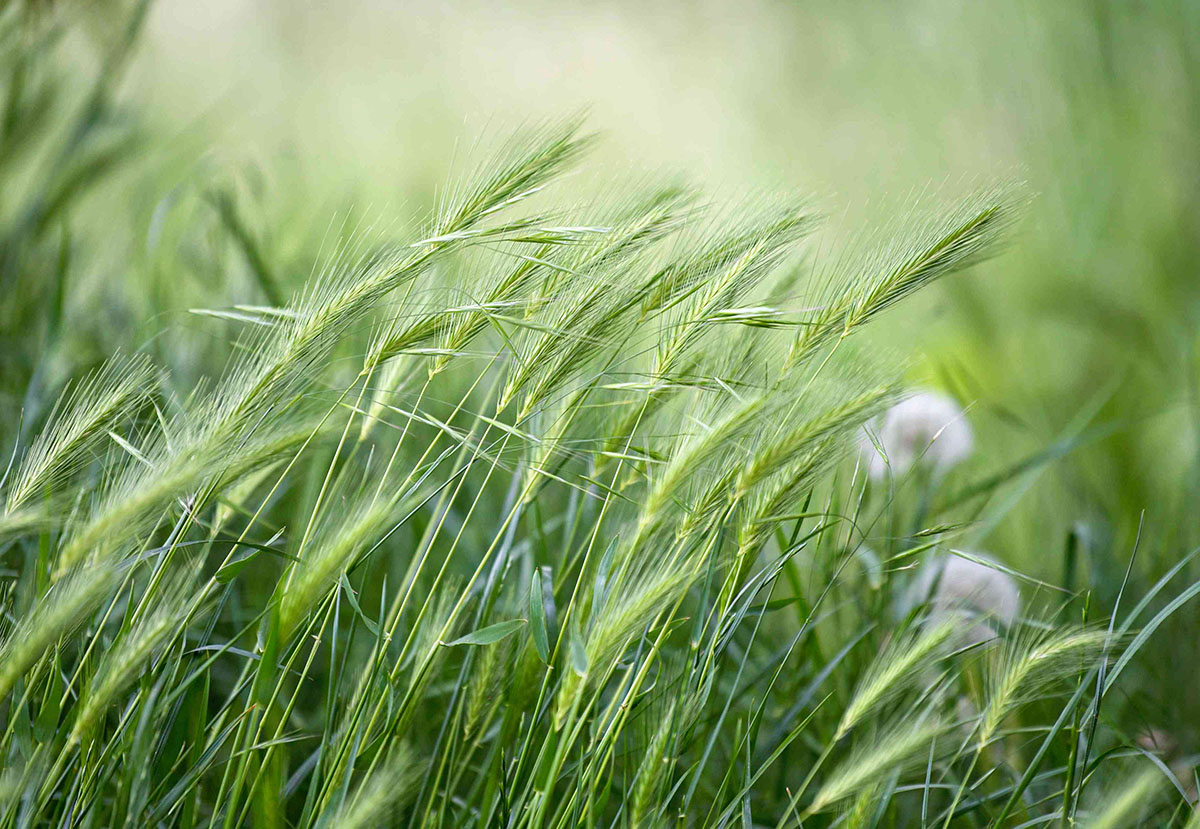
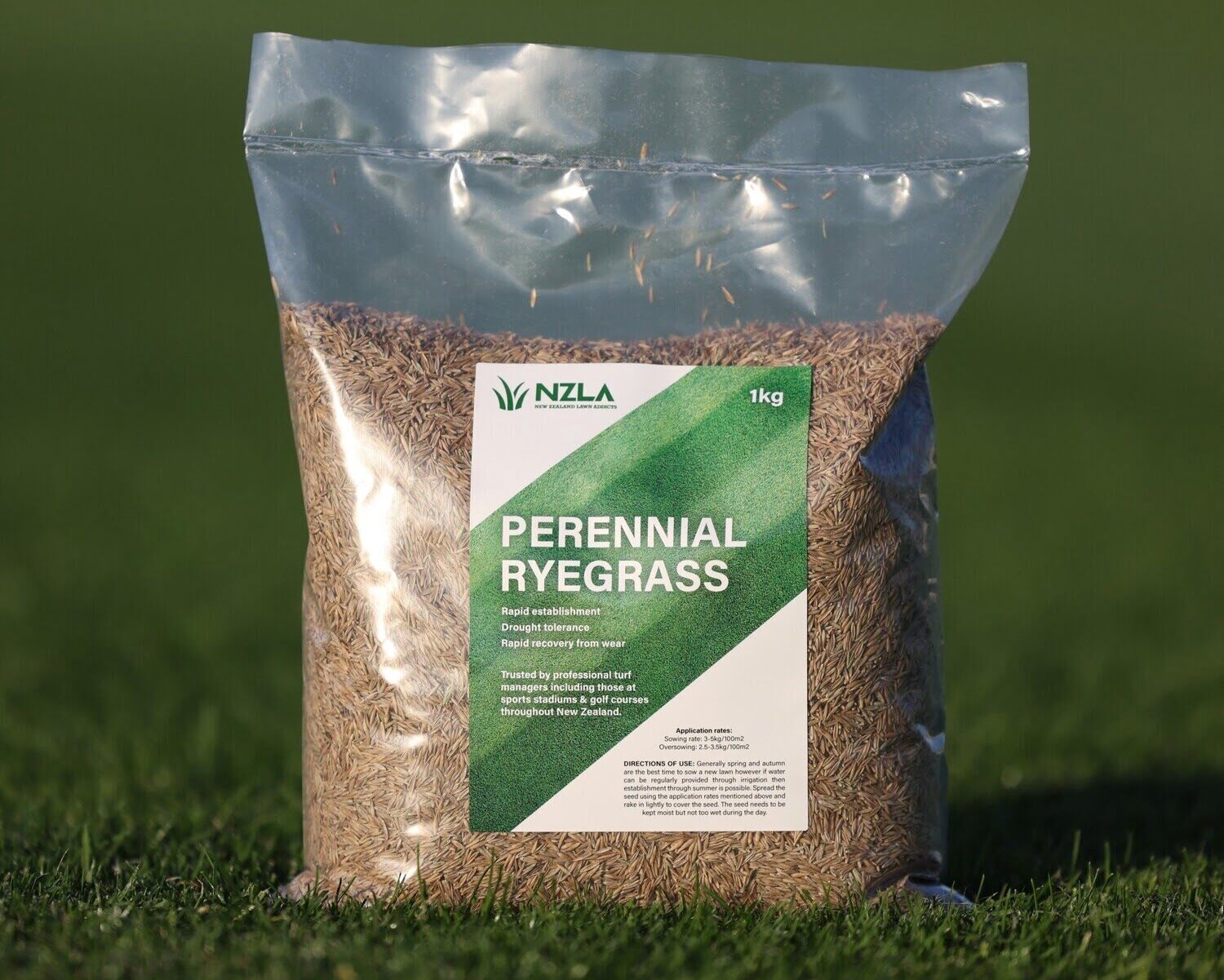
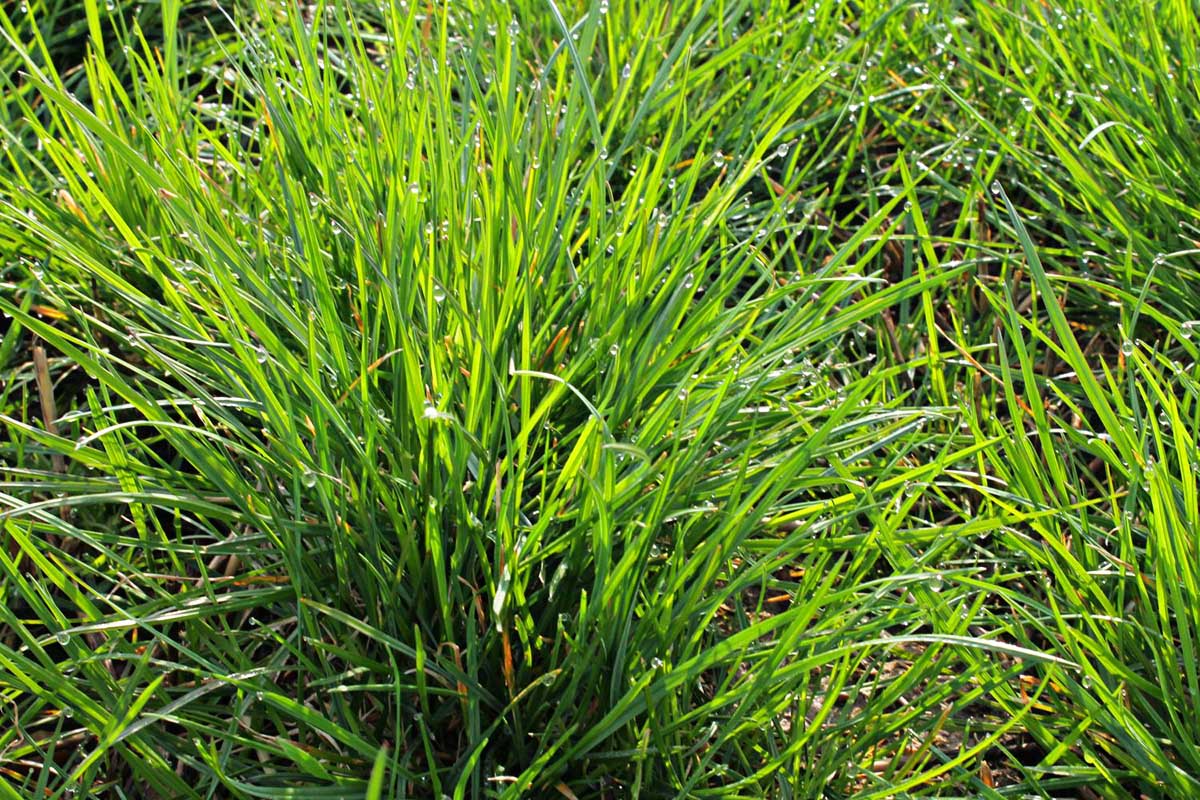
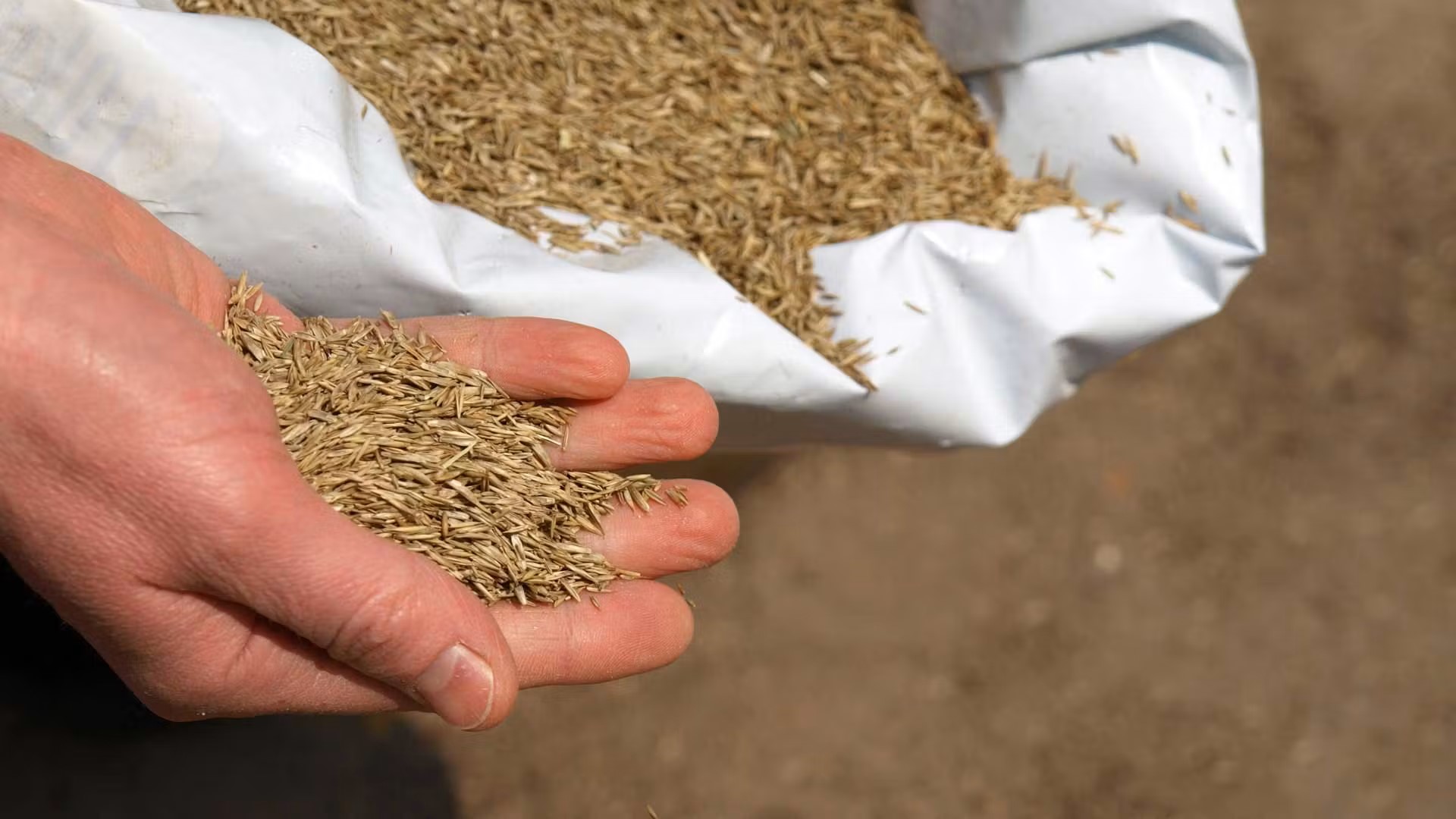
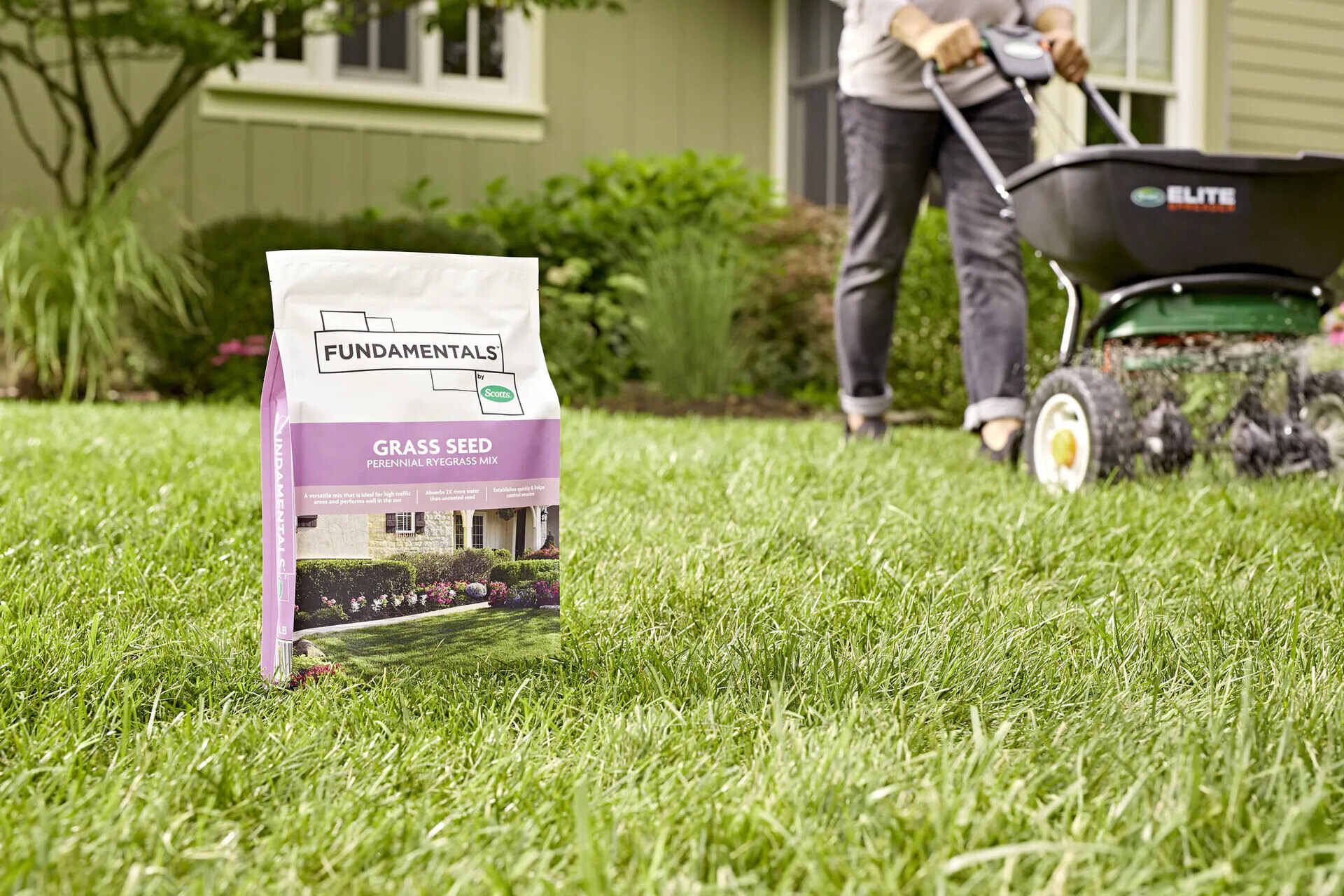

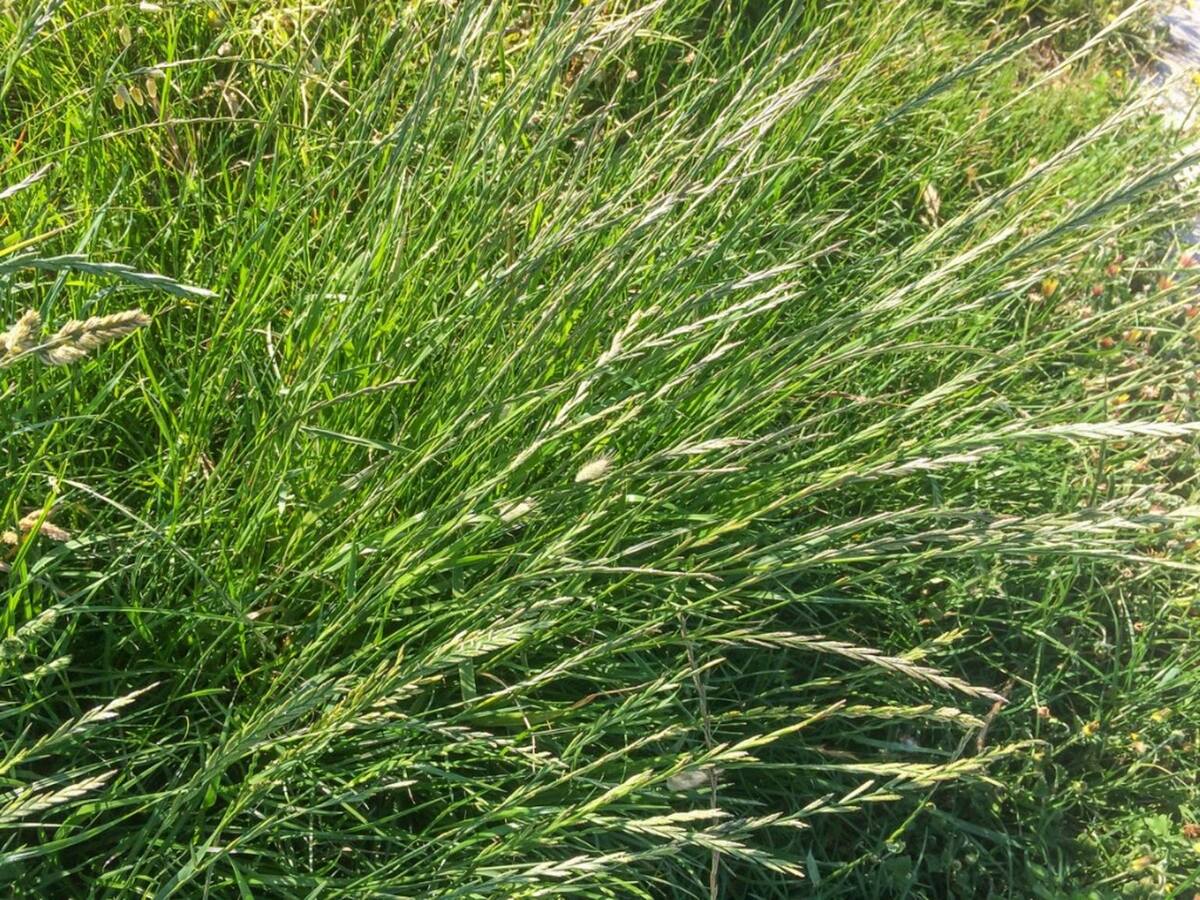
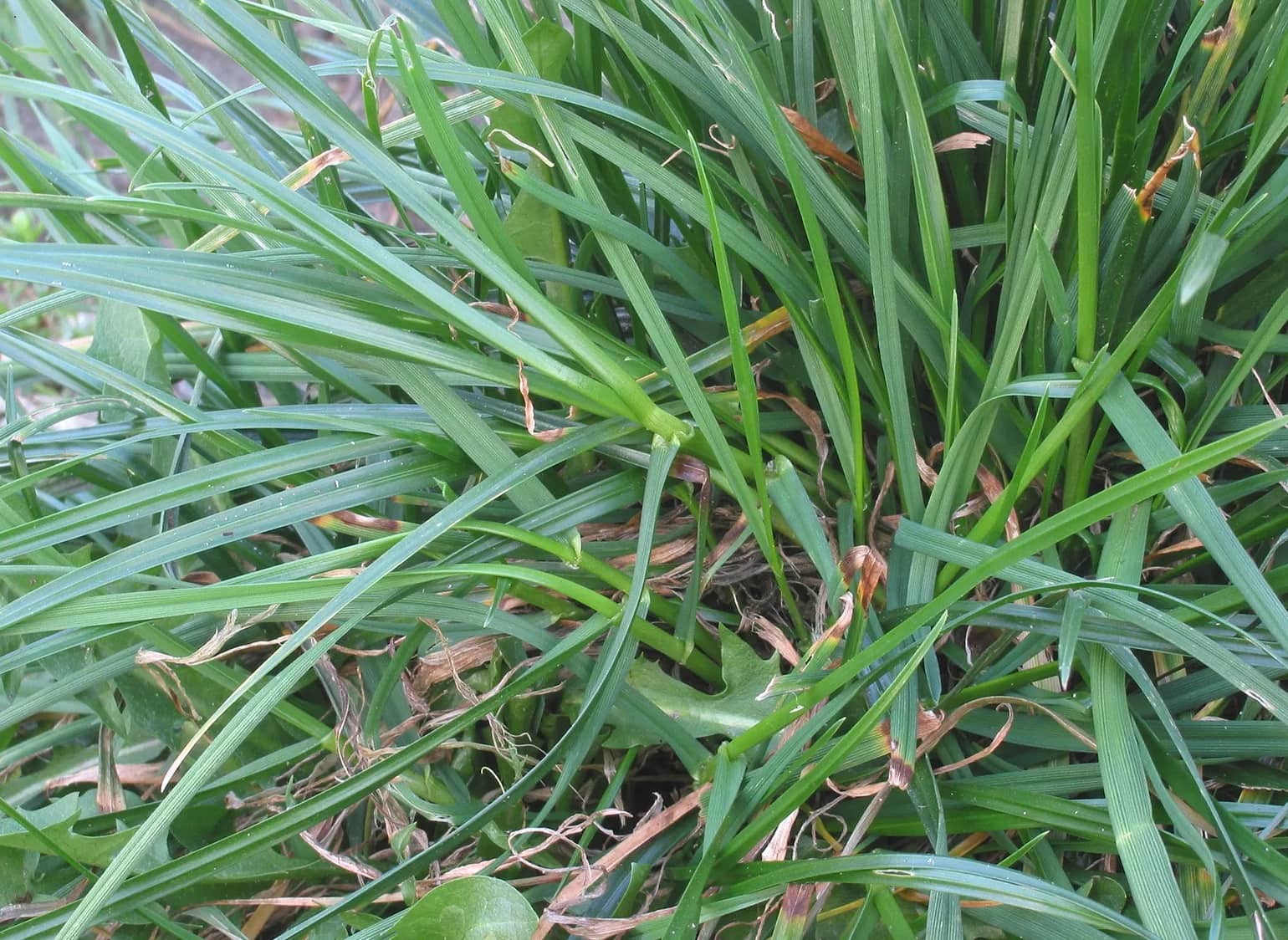

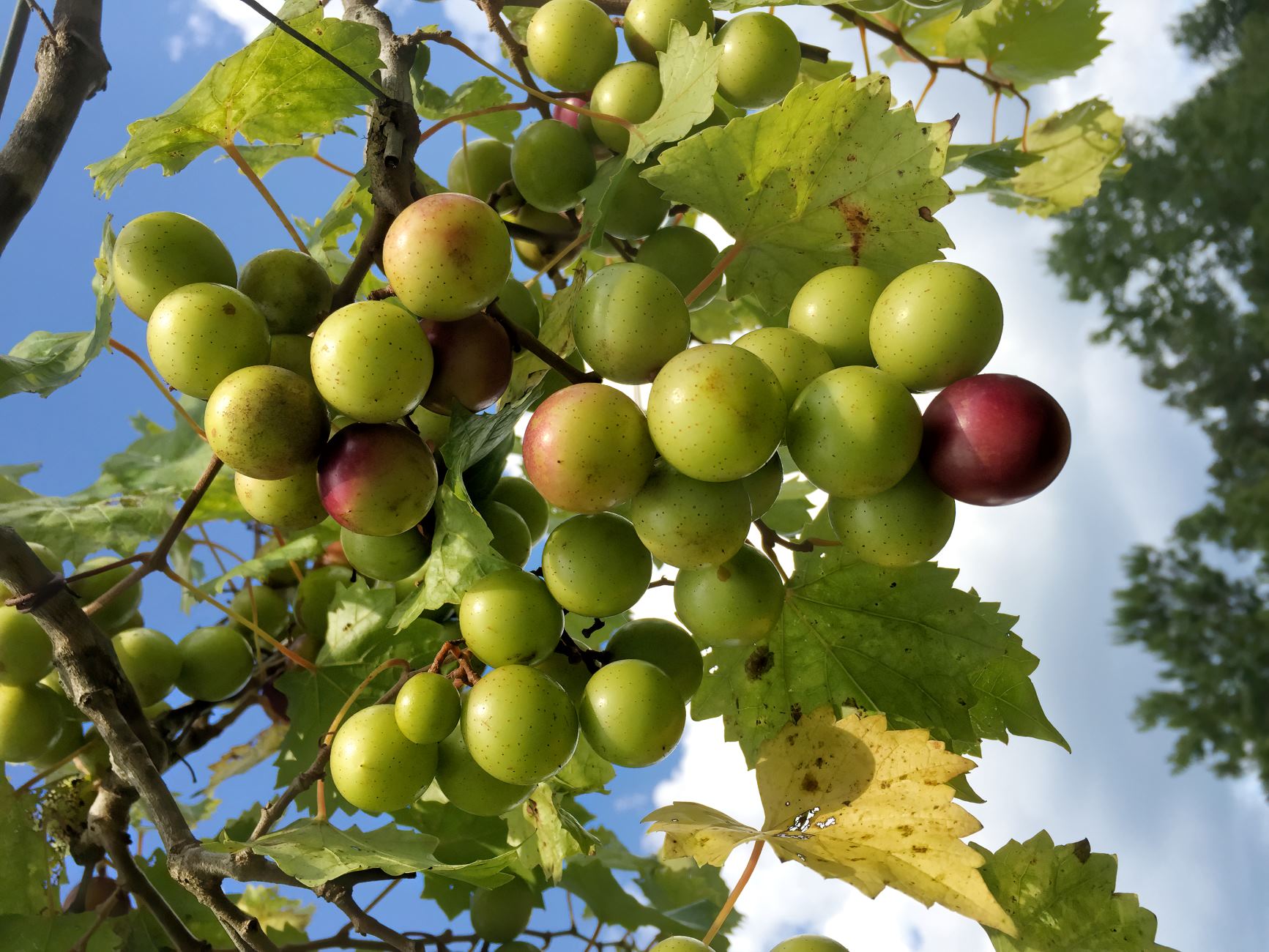

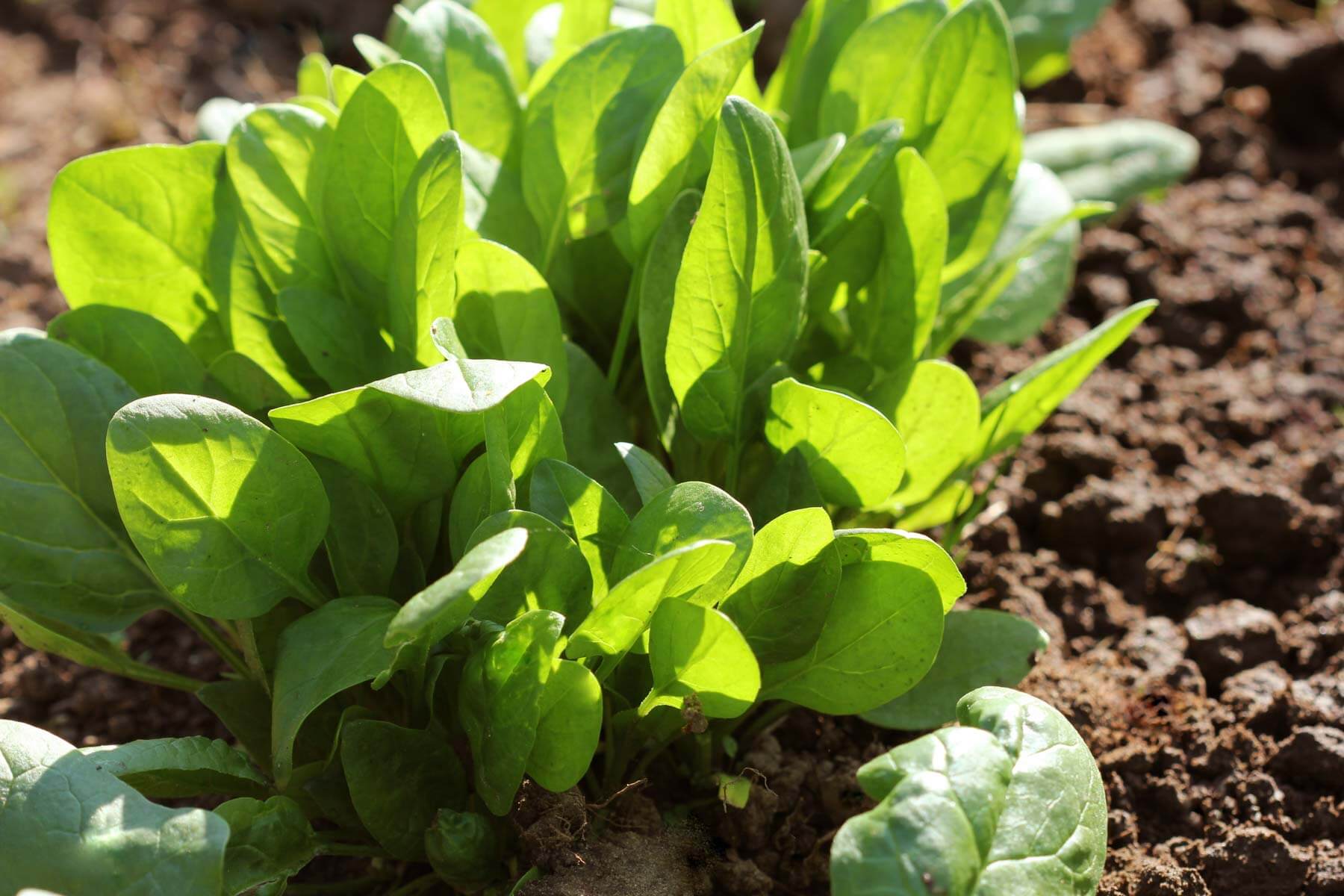
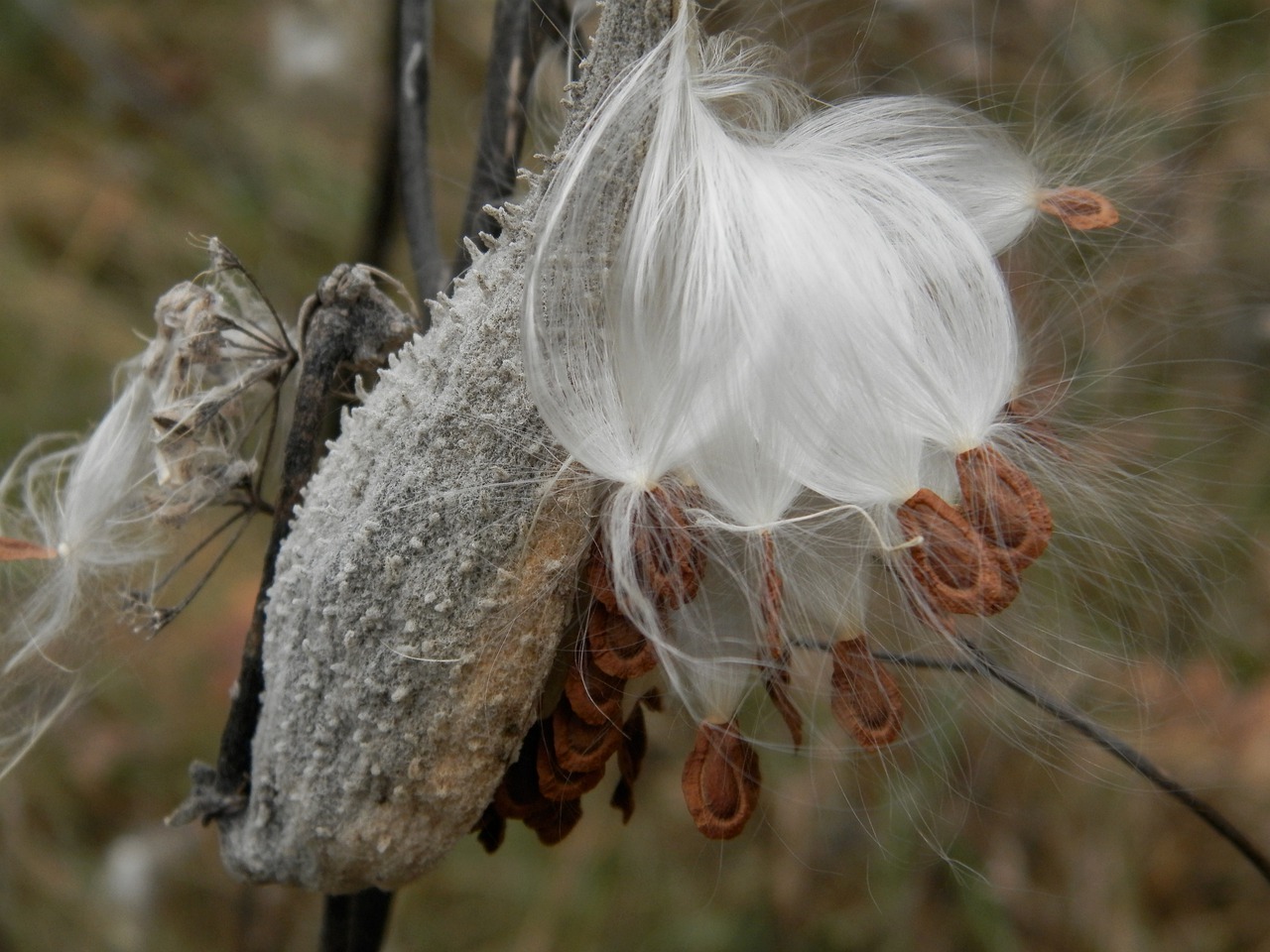

0 thoughts on “How To Plant Ryegrass Seed”